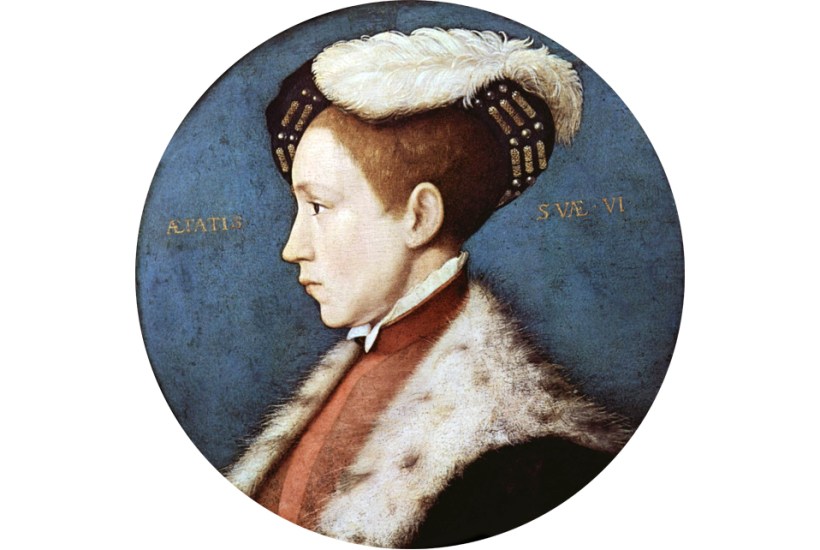Bad historical novelists assume that people always live at the spearhead of their age. Good ones, like Francesca Kay in her fourth book, know that even when the world spins ‘faster than a weathervane in a gale’, most hearts and minds will tarry in the past, behind events. The Book of Days unfolds in a village north of Oxford in 1546 and 1547, as the unnamed old king dies and the accession of his child heir brings another round of ‘newfanglery’ in faith.
Already a subscriber? Log in
Subscribe for just $2 a week
Try a month of The Spectator Australia absolutely free and without commitment. Not only that but – if you choose to continue – you’ll pay just $2 a week for your first year.
- Unlimited access to spectator.com.au and app
- The weekly edition on the Spectator Australia app
- Spectator podcasts and newsletters
- Full access to spectator.co.uk
Or
Unlock this article
You might disagree with half of it, but you’ll enjoy reading all of it. Try your first month for free, then just $2 a week for the remainder of your first year.








Comments
Don't miss out
Join the conversation with other Spectator Australia readers. Subscribe to leave a comment.
SUBSCRIBEAlready a subscriber? Log in